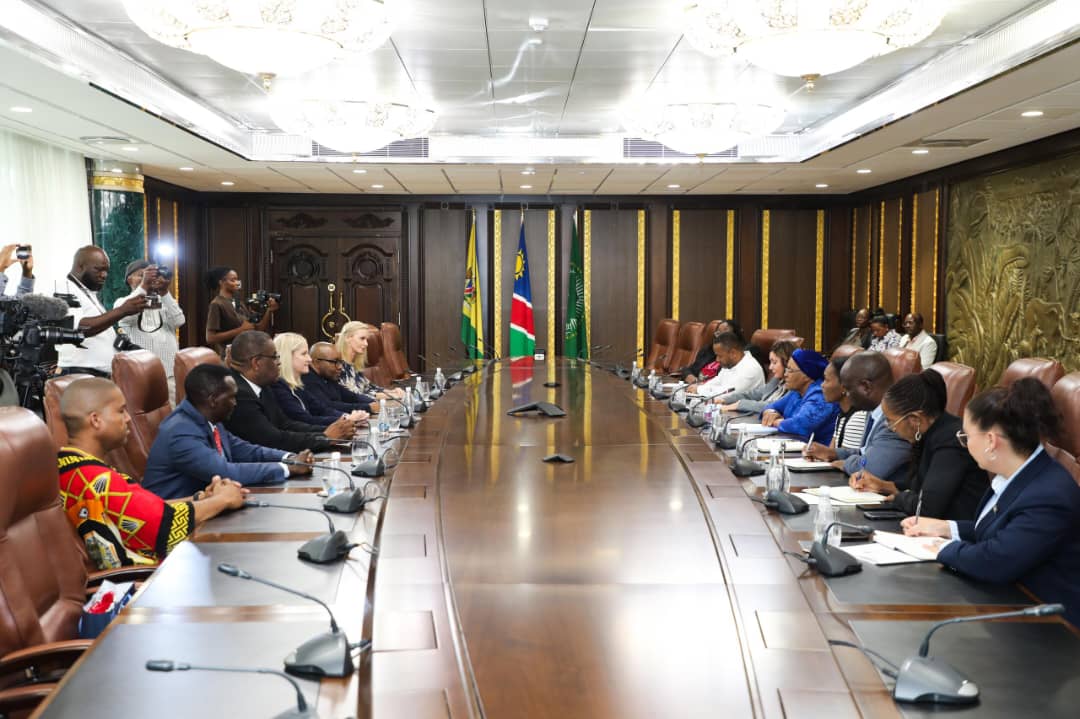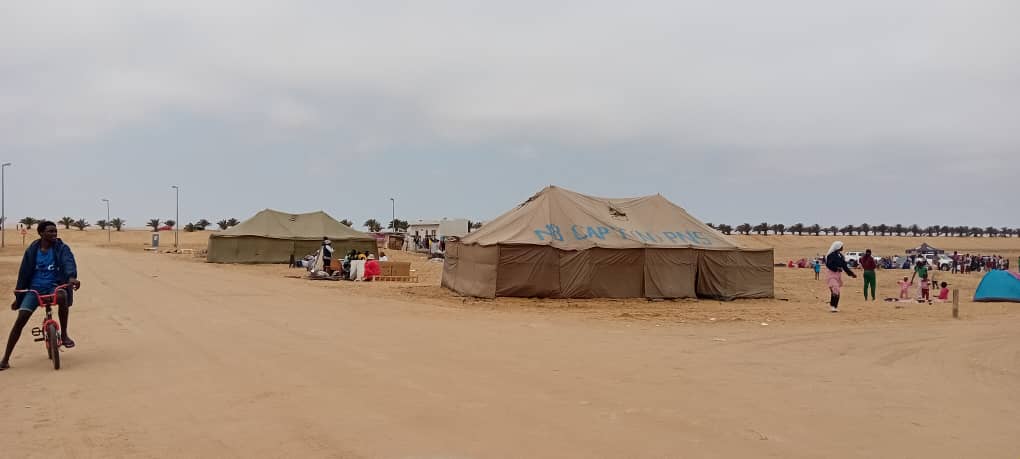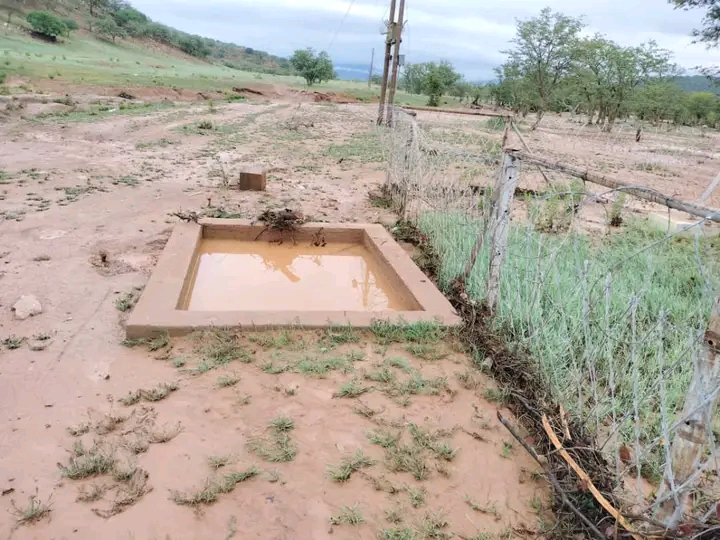FUEL prices will go up – again – before the end of this month.
And more increases cannot be ruled out. However, the Ministry of Mines and Energy, which announced the increase yesterday, did not say when, or by how much, the prices would be hiked.Namibians were yesterday warned that, given the geopolitical pressures in the oil-producing countries, they should tighten their belts, as they would be forced to spend more on basic commodities.Government’s announcement comes just a few days after the central bank raised its repo rate by 0,5 per cent, which resulted in commercial banks raising their interest rates.Yesterday’s announcement – when implemented – will bring the number of fuel price hikes this year alone to five, and darker times still lie ahead for consumers, with more increases expected before the end of the year.The last increase was on July 24, and that put the Walvis Bay pump prices at N$5,94 for a litre of unleaded petrol, N$5,92 a litre for lead-replacement petrol (LRP) and N$6,00 a litre for diesel.Fuel now costs more than N$6 a litre in the interior of the country.Fuel prices have been going up steadily since January, when LRP cost N$5,25 a litre, unleaded petrol N$5,27 a litre and diesel N$5,09 a litre.International oil prices – the major driver of fuel prices – have been increasing due to the escalating Middle East crisis and tensions in Iraq and Nigeria.Crude oil is now hovering around a record high of US$76 (N$516,80) per barrel.In yesterday’s statement, the Minister of Mines and Energy, Erkki Nghimtina, warned consumers “to prepare themselves for another fuel price increase to be announced this month”.This announcement by Government is similar to one that Nghimtina made in May, before the last hike.The Minister yesterday reiterated what he said in May: “The Ministry has taken note of the fact that issues related to fuel price setting are very sensitive to the wider public and can cause unnecessary volatility in the economy, however, it is a fact that Namibia neither produces nor refines oil of its own, therefore, this places us at the mercy of oil-producing countries as we have no influence on fuel price whatsoever.”South Africa, which is Namibia’s main source of fuel, upped its fuel prices by 31 cents a litre last week – making it the fifth increase to hit South Africans this year.Nghimtina also cited under-recovery by the Government and the weakening rand and Namibia dollar against the US dollar – the currency used when importing fuel – as other reasons behind the impending increase.The local consumer watchdog said taking into account the geopolitical pressures in the oil-producing countries, consumers should tighten their belts, as they would be forced to spend more on basic commodities.The president of the Namibian Consumer Lobby, Bob Ziekenoppasser, speaking to The Namibian from Swakopmund, said prices of commodities were bound to go up and all Namibians, especially those who were repaying bank loans, would definitely feel the pinch.He said it was most likely that fuel would hit N$7 a litre by year-end, and also predicted that consumers were in for difficult times for at least another year.Daniel Motinga, an economist and also Director of the Institute for Public Policy Research (IPPR), said employers should consider giving transport subsidies to cushion their hard-hit employees – with a huge number of the workforce now spending at least a third of their income on taxi and bus fares.Magnus Nangombe, President of the Namibia Bus and Taxi Association (Nabta), said his organisation would wait for a detailed announcement on fuel prices before deciding on a fare increase.”If the increase is heavy, then the cost of public transport will also go up,” he said.However, the Ministry of Mines and Energy, which announced the increase yesterday, did not say when, or by how much, the prices would be hiked.Namibians were yesterday warned that, given the geopolitical pressures in the oil-producing countries, they should tighten their belts, as they would be forced to spend more on basic commodities.Government’s announcement comes just a few days after the central bank raised its repo rate by 0,5 per cent, which resulted in commercial banks raising their interest rates.Yesterday’s announcement – when implemented – will bring the number of fuel price hikes this year alone to five, and darker times still lie ahead for consumers, with more increases expected before the end of the year.The last increase was on July 24, and that put the Walvis Bay pump prices at N$5,94 for a litre of unleaded petrol, N$5,92 a litre for lead-replacement petrol (LRP) and N$6,00 a litre for diesel.Fuel now costs more than N$6 a litre in the interior of the country.Fuel prices have been going up steadily since January, when LRP cost N$5,25 a litre, unleaded petrol N$5,27 a litre and diesel N$5,09 a litre. International oil prices – the major driver of fuel prices – have been increasing due to the escalating Middle East crisis and tensions in Iraq and Nigeria.Crude oil is now hovering around a record high of US$76 (N$516,80) per barrel.In yesterday’s statement, the Minister of Mines and Energy, Erkki Nghimtina, warned consumers “to prepare themselves for another fuel price increase to be announced this month”.This announcement by Government is similar to one that Nghimtina made in May, before the last hike.The Minister yesterday reiterated what he said in May: “The Ministry has taken note of the fact that issues related to fuel price setting are very sensitive to the wider public and can cause unnecessary volatility in the economy, however, it is a fact that Namibia neither produces nor refines oil of its own, therefore, this places us at the mercy of oil-producing countries as we have no influence on fuel price whatsoever.”South Africa, which is Namibia’s main source of fuel, upped its fuel prices by 31 cents a litre last week – making it the fifth increase to hit South Africans this year.Nghimtina also cited under-recovery by the Government and the weakening rand and Namibia dollar against the US dollar – the currency used when importing fuel – as other reasons behind the impending increase.The local consumer watchdog said taking into account the geopolitical pressures in the oil-producing countries, consumers should tighten their belts, as they would be forced to spend more on basic commodities.The president of the Namibian Consumer Lobby, Bob Ziekenoppasser, speaking to The Namibian from Swakopmund, said prices of commodities were bound to go up and all Namibians, especially those who were repaying bank loans, would definitely feel the pinch.He said it was most likely that fuel would hit N$7 a litre by year-end, and also predicted that consumers were in for difficult times for at least another year.Daniel Motinga, an economist and also Director of the Institute for Public Policy Research (IPPR), said employers should consider giving transport subsidies to cushion their hard-hit employees – with a huge number of the workforce now spending at least a third of their income on taxi and bus fares.Magnus Nangombe, President of the Namibia Bus and Taxi Association (Nabta), said his organisation would wait for a detailed announcement on fuel prices before deciding on a fare increase.”If the increase is heavy, then the cost of public transport will also go up,” he said.
Stay informed with The Namibian – your source for credible journalism. Get in-depth reporting and opinions for
only N$85 a month. Invest in journalism, invest in democracy –
Subscribe Now!










